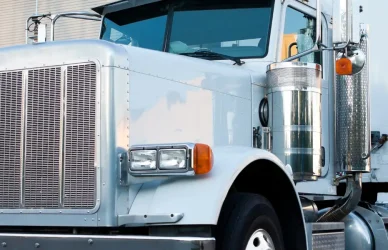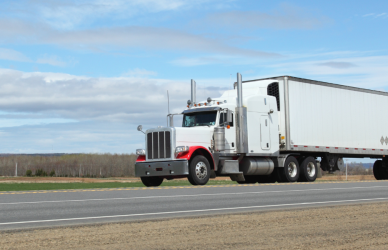Truckers encounter distinctive safety challenges during their journeys, navigating long distances through unfamiliar territories, and often becoming targets for criminals seeking to hijack valuable cargo. To bolster their safety and security, it is imperative for truckers to possess the knowledge and tools necessary for self-defense and personal safety. In the sections below, we’ll delve into essential best practices for personal security while on the road, including a special focus on safety considerations for female truck drivers.
Situational Awareness
Maintaining situational awareness ranks among the paramount measures truckers can adopt to ensure personal safety. This involves being attuned to one’s surroundings and potential threats at all times. Particularly when parked or stopped at rest areas, gas stations, or other public spaces, vigilance is crucial. Truckers should keenly observe for any signs of suspicious individuals or vehicles and promptly report concerns to law enforcement.
Self-Defense Training
An integral aspect of personal safety for truckers is self-defense training. While many trucking companies provide self-defense courses for their drivers, online resources and low-cost options are also readily available. Female truck drivers, in particular, may find tailored self-defense training beneficial, empowering them with practical techniques to thwart potential attackers.
Personal Safety Equipment
In addition to self-defense training, truckers should consider carrying personal safety equipment, such as pepper spray or a stun gun. These tools serve as effective deterrents against potential threats, offering truckers a means of defense in emergency situations. It’s crucial to be aware of local laws and regulations governing the possession and use of such equipment, especially for those regularly crossing state lines.
Emergency Response Protocols
Having a well-thought-out plan for responding to emergencies is a key component of personal safety. Truckers should familiarize themselves with the location of the nearest hospitals and emergency services and maintain a list of readily available emergency contacts. Keeping a first-aid kit on hand is also advisable for addressing minor injuries promptly.
Defensive Driving Techniques
Equipping truckers with defensive driving techniques is another vital element of personal safety. Defensive driving training, often included in Commercial Driver’s License (CDL) training, emphasizes skills that can help prevent accidents and minimize the risk of injury. Techniques include maintaining a safe following distance, being mindful of blind spots, and avoiding distractions while driving.
Safety Considerations for Female Truck Drivers
For female truck drivers, additional attention to personal safety is paramount. Alongside general best practices, female truckers should be mindful of their surroundings, especially during rest breaks. Parking in well-lit areas and utilizing technology such as GPS tracking for route planning can enhance safety for female drivers.
Personal safety and self-defense are integral aspects of a truck driver’s responsibilities, demanding a proactive approach to mitigate risks on the road. By adhering to the best practices outlined in this guide, truck drivers can significantly reduce their vulnerability and enhance their overall safety. Preparation is key, and investing in the right equipment, training, and mindset can make a substantial difference. So, whether you’re a seasoned driver or just starting out, remember to stay alert, stay vigilant, and above all, stay safe out there on the road.











